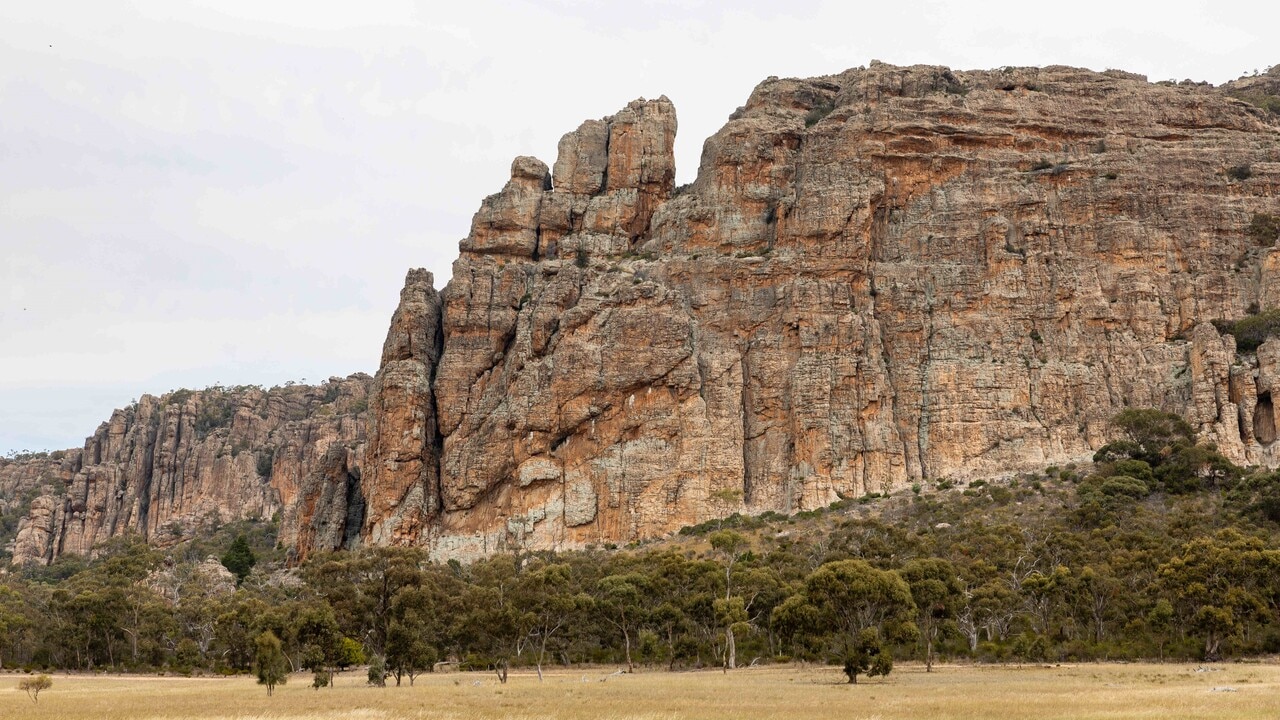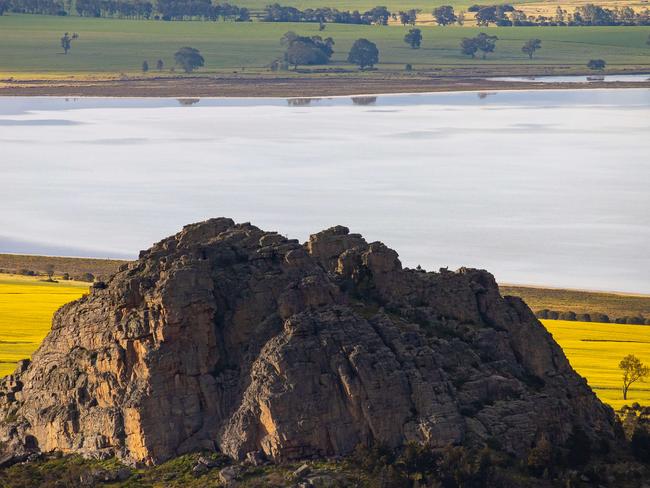The reasons for such bans can be secretive, inconsistent or illogical
Our beautiful landscape should be open for all, not locked up at the behest of activist groups wielding disproportionate power.

Opinion
Don't miss out on the headlines from Opinion. Followed categories will be added to My News.
Australians are being banned from an ever-increasing list of iconic Australian locations, thanks to often dubious Aboriginal heritage considerations.
It didn’t start or stop with Uluru/Ayers Rock.
Large tracts of the country are closed off, from Cape York to the Grampians to Mt Warning.
Our beautiful landscape should be open for all, not locked up at the behest of activist groups wielding disproportionate power.

Australians voted No to racial division and privilege in the Voice referendum but our governments, at federal, state and local level, have not stopped pushing ahead with race-based policies.
Premier Jacinta Allan vowed that “as a proud country Victorian” she would not “put a padlock on our public forests” but that’s precisely what is happening with some of the most scenic parts of our state closed to walkers, climbers and campers.
One of the country’s most renowned rock-climbing spots, Mt Arapiles, remains closed with the temporary climbing bans imposed in 2020 becoming permanent plus a number of new bans taking effect.
The Save Grampians Climbing group has slammed the Allan government and Parks Victoria.
“Climbers are extremely respectful of cultural heritage sites, and they do tread lightly on the environment,” the group said.
“Parks Victoria and the Victorian government continue their destruction of the Australian climbing community by enlarging climbing bans at Arapiles and ignoring the majority users in any form of consultation.”

Most of the existing climbing routes at the Grampians have been deemed off limits with heavy fines for breaches of the Aboriginal Heritage Act.
Walkers are also affected with about a third of the national park locked away.
Talkback host Ben Fordham received an overwhelming response when he began highlighting how tourists and locals were locked out of some of Australia’s prime attractions, including Mt Warning.
“So when you’ve got a handful of people saying we don’t want you going to Mt Warning, but 127,000 people a year who want to go there, surely the majority should get a say,” Fordham told NSW Premier Chris Minns.
The reasons for such bans can be secretive, inconsistent or illogical.
We should protect genuine cultural heritage sites and the natural environment, but that can be done without banning Australians from Australia.
Originally published as The reasons for such bans can be secretive, inconsistent or illogical




